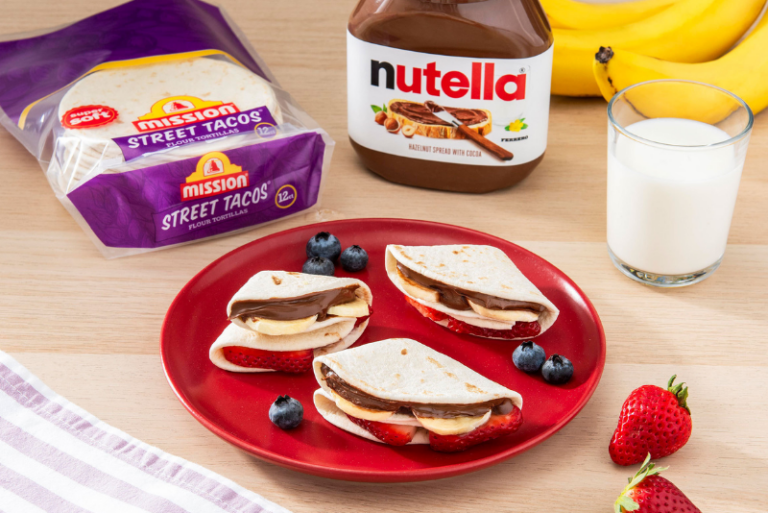LOS ANGELES — Advertising in 2021 looks pretty different from the kinds of storyboards Don Draper would have pitched in a Manhattan boardroom in the ’60s. It also looks different from the early ’90s when the first banner ads appeared via dial-up internet services like AOL.
And it even looks different since the dawn of social media advertising in 2008 with Facebook ads.
The face of digital marketing has evolved drastically, namely in that people are no longer passive onlookers. Today, they are active participants. And it’s based on a shift by companies to engage with consumers and market through user-generated content (UGC).
UGC is any digital material — including videos, social media, blog posts, comments and reviews of a brand, etc. — that is produced and shared online by customers or potential customers. It spans the social media sphere from Instagram, Twitter and Tik Tok, to newer platforms like Clubhouse. It’s a massive space to play in with virtually unlimited reach potential. In fact, a July 2021 report from Grand View Research suggested the market size of the global UGC platform will reach $18.65 billion by 2028 and expand at CAGR of 26.6% from 2021 to 2028.










